Library
-
Regular preventive health care for your cat can increase the length and quality of her life. Healthcare guidelines are established and kept up to date using the most recent evidence-based recommendations including the recommendation that all cats receive a complete veterinary examination at least once a year or more frequently, depending on their individual needs and health concerns.
-
Regular preventive health care for your dog can increase the length and quality of her life. Health care guidelines are established and kept up to date using the most recent evidence-based recommendations including the recommendation that all dogs receive a complete veterinary examination at least once a year or more frequently, depending on their individual needs and health concerns.
-
Punishment is not recommended as a training or behavior management tool for pets. It can cause fear, frustration, and even aggression. Using punishment can seriously damage a pet’s relationship with people. Training should focus on teaching desirable behaviors rather than on simply stopping undesirable ones. When pets exhibit undesirable behaviors, it is important to determine and address the underlying reason for the behavior.
-
Xanthine bladder stones are an uncommon type of urinary stone that can occur in both dogs and cats. Xanthine is produced when purines (a component of animal proteins) are broken down within the body. Most cats can further break down xanthine into other substances that are easily excreted, but some cats are deficient in an enzyme that is required for this breakdown to occur. These cats develop elevated levels of xanthine in the urine, resulting in xanthine stones forming within the urinary tract. Xanthine urinary tract stones are typically removed surgically. Affected cats require long-term care to prevent recurrence.
-
Xanthine bladder stones are an uncommon type of urinary stone that can occur in both dogs and cats. Xanthine is produced when purines (a component of animal proteins) are broken down within the body. Most dogs can further break down xanthine into other substances that are easily excreted, but some dogs are deficient in an enzyme that is required for this breakdown to occur. These dogs develop elevated levels of xanthine in the urine, resulting in xanthine stones forming within the urinary tract. They can also form secondary to administration of a medication called Allopurinol. Xanthine urinary tract stones are typically removed surgically. Affected dogs require long-term care with specialized diets to prevent recurrence.
-
Xylitol is a naturally occurring substance that is widely used as a sugar substitute. It is found naturally in berries, plums, corn, oats, mushrooms, lettuce, trees, and some other fruits. It may also be called wood sugar, birch sugar, and birch bark extract. Xylitol is extremely toxic to dogs. Even small amounts of xylitol can cause hypoglycemia (low blood sugar), seizures, liver failure, or even death in dogs.
-
Yeast dermatitis or Malassezia dermatitis is an extremely common skin disease in dogs. Clinical signs include itchiness, redness, scaly or crusty skin, and foul odor. Diagnosis and underlying conditions are discussed. Treatment involves resolving the underlying disorder and using topical and/or oral medications to treat the yeast.
-
Zinc gluconate (neutralized) topical (brand name Maxi/Guard®Zn7 Derm) is an anti-irritant that may provide relief from the dry skin and itching associated with irritating skin conditions in cats, dogs, and other animals. Zinc gluconate (neutralized) topical comes in gel and liquid spray forms.
-
Pets and people need some zinc in their diets. However, too much zinc can cause serious health problems. The amount of zinc required to cause poisoning depends upon the pet’s size, the form of zinc ingested, and how much was ingested. Some forms of zinc are more readily absorbed than others.
-
Zinc-responsive dermatosis in dogs is a skin condition that results from zinc deficiency in the body. The deficiency can be due to an inability to adequately absorb zinc from the diet (most commonly seen in arctic breeds), zinc binders in dietary supplements, excess calcium (juvenile large breeds) or less commonly, an inadequate amount of zinc in the diet. Clinical signs include crusts and scaling around the eyes, mouth, scrotum and muco-cutaneous junctions. The haircoat can also, be dry and dull. Lethargy, inappetence, and lymphadenopathy may also occur. Diagnosis includes a history and physical exam and a skin biopsy. Treatment may include zinc supplementation, dietary change and ensuring a dog isn’t receiving any supplements that will interfere with zinc absorption.

